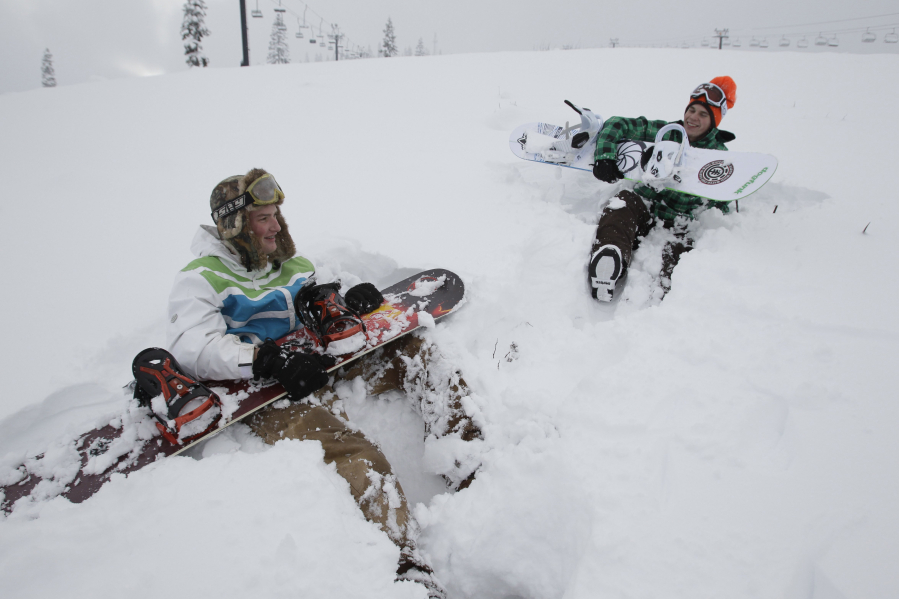SEATTLE — On a fateful Sunday in February 1980, Burien teenager Mike Olson and a friend gingerly approached Dave Moffett, the president of Ski Acres (now known as Summit Central), and asked for permission to ride up the Bonanza chairlift toting snowboards they had made in junior high shop class.
Moffet sized up the teens, who he knew through the ski school program, and called the lift operator. “I’ve got a couple crazy dudes with these surfboard-looking things, just let ’em up,” he said over the radio, then turned back to the aspiring snowboarders with a caveat: “Let’s see how it goes today.”
It went well, at least well enough that permission to snowboard wasn’t revoked, and with that simple radio call, The Summit at Snoqualmie, as it is now known, likely became the first ski area in North America, and possibly the world, to allow snowboarding. Not that the sport’s official histories acknowledge Washington’s groundbreaking role in the once-renegade, now mainstream snow sport. Most snowboarding legends begin in Vermont, where Jake Burton started what became a global brand, or in Southern California with Tom Sims’ namesake rival company.
Olson and his ilk were a decade behind those pioneers. “We were the youngsters, but this is also a birthplace of snowboarding,” said Olson, co-founder of snowboard maker Mervin Manufacturing, in November during the grand opening of the permanent exhibit on snowboarding at the Washington State Ski and Snowboard Museum in Snoqualmie Pass. Featuring a small assortment of artifacts and a four-minute-long video with archival footage, the new exhibit makes a strong case for the Evergreen State’s pivotal contributions to the sport.



